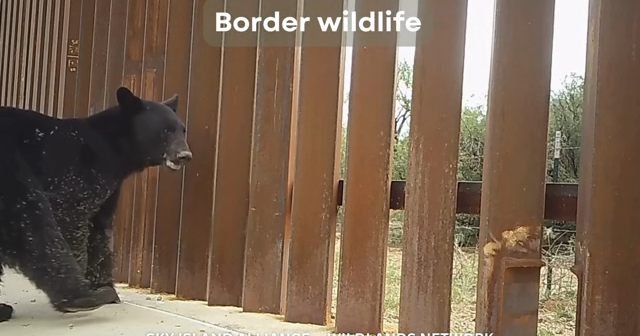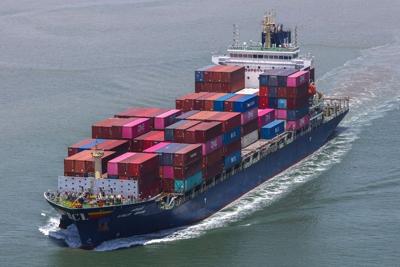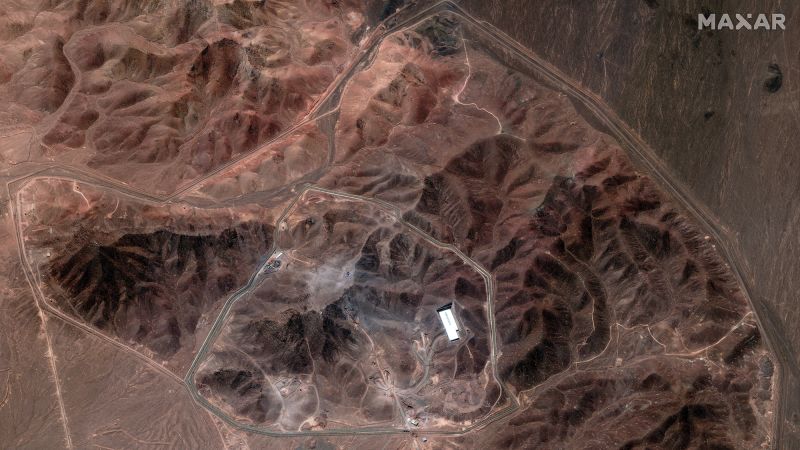The pristine tranquility of southeast Arizona’s San Rafael Valley, a landscape where human footprints are rare, is now at the heart of a burgeoning environmental controversy. Conservationists are raising immediate and profound concerns over plans to extend the border wall through this scenic expanse, recognized as the last major open space in the region vital for cross-border wildlife migration. This contentious infrastructure project is sparking a heated debate, highlighting the enduring tension between national security imperatives and the critical need for robust environmental conservation.
The San Rafael Valley holds immense ecological significance, serving as an indispensable natural corridor for numerous species that rely on its undisturbed expanses for movement, breeding, and survival. Its unique position facilitates the flow of wildlife between the United States and Mexico, a critical element for maintaining regional biodiversity and ecosystem health. The proposed border wall expansion threatens to sever these ancient migration routes, transforming a vibrant, interconnected habitat into a fragmented landscape, with potentially irreversible ecological damage.
Environmental organizations and wildlife experts are voicing their profound opposition, emphasizing the adverse effects this construction could have on a diverse array of species. From iconic mammals like jaguars and ocelots to smaller amphibians and insects, the border wall represents an impenetrable barrier that could disrupt essential life cycles and genetic exchange. The loss of access to critical water sources, foraging grounds, and safe havens due to the wall’s presence could lead to localized extinctions and significant population declines, fundamentally altering the delicate balance of this sensitive ecosystem in Arizona.
Beyond the immediate ecological threat, the project has ignited a broader discussion concerning the long-term environmental consequences of large-scale border infrastructure. Critics argue that current security strategies often overlook or underestimate their ecological footprint, prompting urgent calls for a thorough re-evaluation. The debate extends to fundamental questions of land stewardship and the prioritization of environmental impact in government policies affecting border zones, challenging conventional approaches to national security.
Advocates for conservation are pressing intensely for alternative, more ecologically sensitive approaches that can reconcile national security objectives with vital conservation imperatives. They propose solutions that would enhance border security without necessitating the construction of physical barriers that cause irreparable harm to wildlife migration and natural habitats. This includes increased investment in technology, improved data analysis, and enhanced cooperation with local communities and conservation groups to develop adaptive, science-based strategies.
This situation in the San Rafael Valley exemplifies a persistent, global tension between the drive for infrastructure development and the imperative to protect delicate natural environments. It underscores the public debate on how societies define and balance their priorities—whether the perceived immediate benefits of a physical barrier outweigh the undeniable, long-term costs to biodiversity, ecological integrity, and the very natural heritage of the region. The outcome of this environmental policy dispute will set a significant precedent for future development projects along the border and beyond.
Discover more from The Time News
Subscribe to get the latest posts sent to your email.





